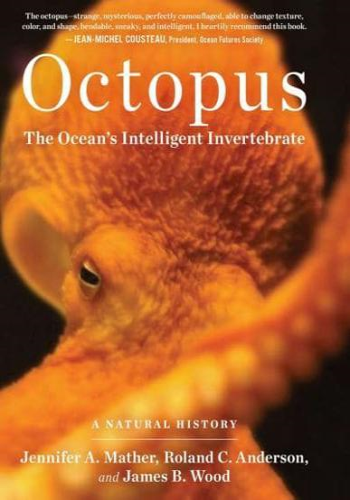Chapter 1: An Ancient Enigma
The chapter introduces the octopus as a remarkable creature that has fascinated humans for centuries. It describes the octopus's unique physical characteristics, such as its eight arms, suckers, and flexible body. The chapter also delves into the octopus's ancient evolutionary history, tracing its origins back to the Cambrian period.
Example: The common octopus (Octopus vulgaris) is a highly intelligent and adaptable species found in various marine habitats. It has eight muscular arms covered with suckers, allowing it to grip objects securely.
Chapter 2: Masters of Camouflage
This chapter explores the octopus's extraordinary camouflage abilities. The chapter explains how the octopus can change its color, texture, and shape within seconds to blend seamlessly with its surroundings. The chapter also discusses the various types of camouflage used by octopuses, including active camouflage, disruptive coloration, and mimicry.
Example: The mimic octopus (Thaumoctopus mimicus) has the ability to mimic over 15 different marine animals, including sea snakes, lionfish, and flatfish. This allows it to avoid predators and enhance its hunting success.
Chapter 3: Intelligence and Problem Solving
The chapter focuses on the octopus's intelligence and problem-solving abilities. The chapter explores the octopus's complex nervous system and cognitive capacities, demonstrating its ability to learn, solve problems, and interact with its environment in remarkable ways.
Example: Researchers have observed octopuses using tools to solve problems, such as unscrewing the lids of jars to access food inside. They have also been shown to have long-term memory and can recognize objects they have encountered before.
Chapter 4: Masters of Manipulation
This chapter discusses the octopus's formidable hunting abilities. The chapter describes the octopus's various hunting strategies, such as using venom to paralyze prey, and its highly effective camouflage to ambush its victims. The chapter also explores the octopus's ability to manipulate its environment to create shelters and traps.
Example: The giant Pacific octopus (Enteroctopus dofleini) is known for its hunting prowess and has been observed capturing and consuming various marine animals, including sharks, crabs, and lobsters.
Chapter 5: The Octopus and Humans
The final chapter examines the relationship between humans and octopuses. The chapter explores the historical interactions between the two species, including the cultural significance of octopuses in various societies and the potential for sustainable interactions in the future.
Example: In Japan, octopuses are highly prized and consumed as a delicacy. In the Mediterranean Sea, octopuses have been traditionally fished using clay pots, a method known as octopus trapping, which has minimal ecological impact.







